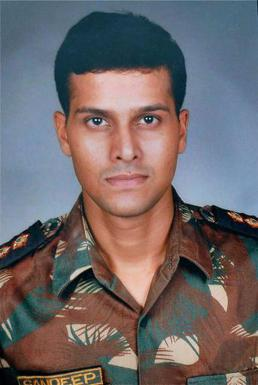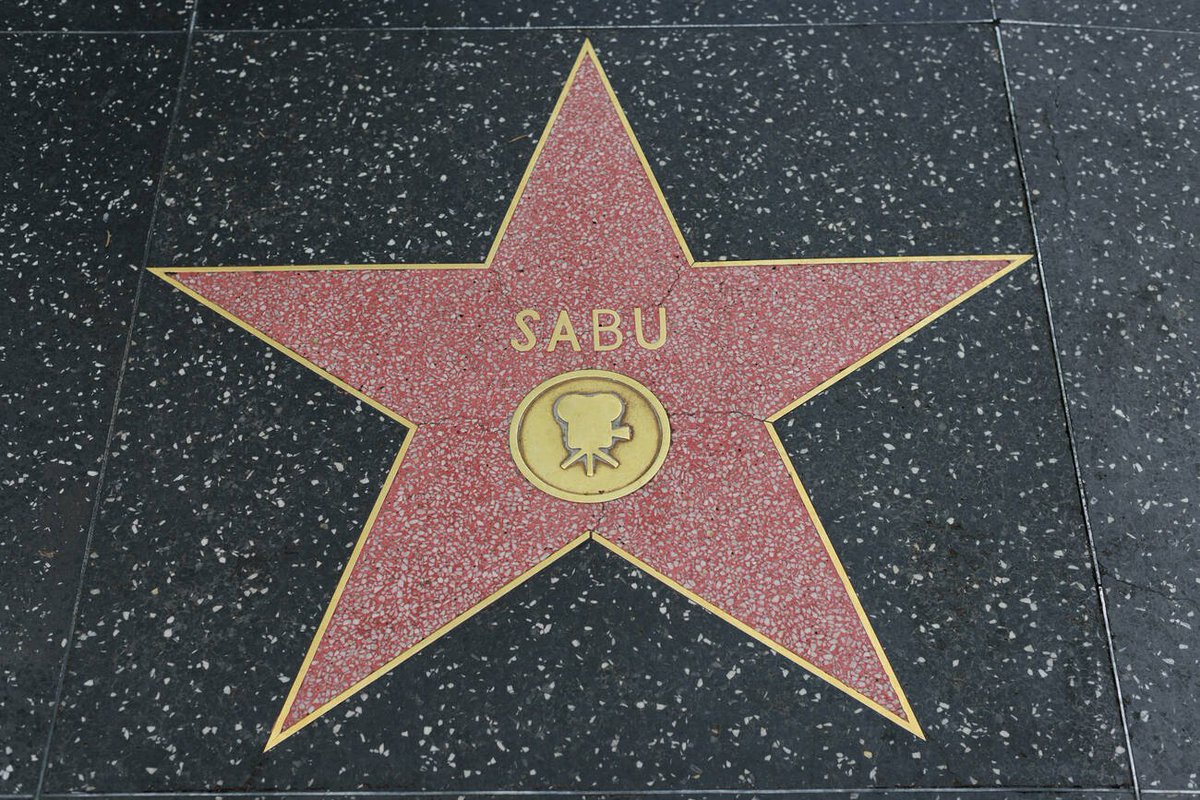Just hours away from America’s biggest game of the year, the Cincinnati Bengals and Los Angeles Rams will square off in Super Bowl LVI. A thread on its exquisite Indian connection. (1/9) 

When Paul Brown, an American football coach from Ohio, was fired by his previous employer, he founded his new franchise Cincinnati Bengals. (2/9) 

Brown, named the franchise after another Cincinnati football team named Cincinnati Bengals who played between 1937 and 1942 and was forced to close down due to World War II. (3/9)
Benzoo, the Royal Bengal Tiger from West Bengal, a unique specimen of Cincinnati Zoo, was chosen as the mascot for the Bengals. Benzoo proudly enjoyed her Sunday outings to the stadium in front of 50,000 fans in the 70s. (4/9) 

Now, the original Bengal team that played in the 1930s had a fascinating story behind their naming. When Hal Pennington, the founder of the newly formed Cincinnati Bengal, sat in his mother’s kitchen one late summer day in 1937, he observed a stove. (5/9)
The logo of the stove caught his attention - it was a mighty roaring Bengal Tiger. The stove line, manufactured between 1870 and 1940 by Floyd-Wells, was named Bengal Stoves. (6/9) 

It is this Bengal Stove line that influenced the name of the franchise playing the Super Bowl LVI today. While why ‘Bengal Stove’ was named after a Bengal Tiger is not clearly understood, many believe it was due to the owner’s fascination with safaris. (7/9) 

It is rumoured that the president once went on a safari to hunt the Bengal tigers, and he was enchanted with the beast leading to the name of his stove line. Note to remember: it was common for Americans in that era to visit India for Tiger ‘shikar’. (8/9)
This Government-issued advertisement in the "Field & Stream" magazine, USA in 1956 luring Americans to contact the local office (at NYC & SFO) for Tiger hunting information, is a testimony to the above. (9/9) 

• • •
Missing some Tweet in this thread? You can try to
force a refresh














